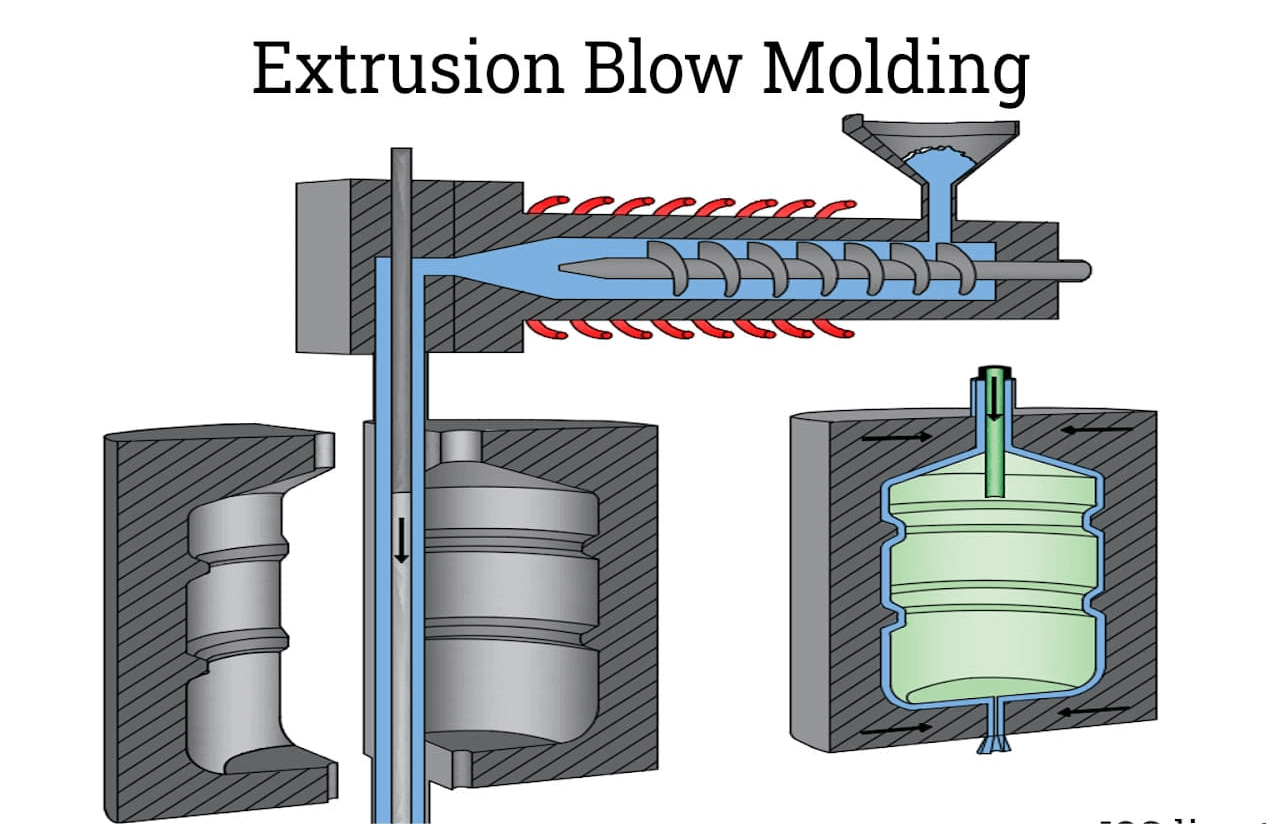Blow molding machines play a pivotal role in the production of hollow plastic products, and their efficiency is directly influenced by the stability of various parameters, including extrusion current. Voltage fluctuations during the hollow blow molding process can lead to significant disruptions in production.
In this article, we will explore the reasons behind the substantial current fluctuations and propose effective solutions to address and mitigate these issues.
Causes of Voltage Fluctuations in Blow Molding Machines:
1. Power Supply Variability:
– Inadequate power supply or fluctuations in the electrical grid can directly impact the extrusion current of a blow molding machine. Unstable power input can lead to inconsistent performance.
2. Equipment Wear and Tear:
– Aging components within the blow molding machine, such as electrical wiring or connectors, can contribute to voltage fluctuations. Wear and tear affect the overall conductivity and performance of the electrical system.
3. Poor Grounding:
– Inadequate grounding can result in electrical interference, causing fluctuations in the extrusion current. Proper grounding is essential for maintaining a stable electrical environment.
4. Machine Overload:
– Overloading the blow molding machine beyond its designed capacity can strain the electrical system, leading to fluctuations in current. This may occur during peak production periods or due to inadequate machine specifications.

Solutions to Stabilize Extrusion Current:
1. Voltage Stabilizers:
– Implement voltage stabilizers to regulate and stabilize the power supply to the blow molding machine. These devices can mitigate the impact of fluctuations from the external power source.
2. Regular Maintenance:
– Conduct routine maintenance on the blow molding machine to identify and address any worn or damaged electrical components. This includes inspecting wiring, connectors, and other electrical elements to ensure optimal conductivity.
3. Improved Grounding:
– Enhance the grounding system to minimize electrical interference. Establish a dedicated and well-maintained grounding connection to provide a stable electrical reference point for the blow molding machine.
4. Load Monitoring and Balancing:
– Install load monitoring systems to prevent overloading of the blow molding machine. Balancing the load across multiple machines or adjusting production schedules can help maintain a more stable extrusion current.
Voltage fluctuations in blow molding machines can significantly impact the extrusion process, leading to variations in product quality and production efficiency. Employing solutions such as voltage stabilizers, regular maintenance, improved grounding, and load monitoring can contribute to a more stable extrusion current.
By addressing these issues, manufacturers can ensure the reliable performance of their blow molding machines, ultimately optimizing the production of high-quality hollow plastic products.
